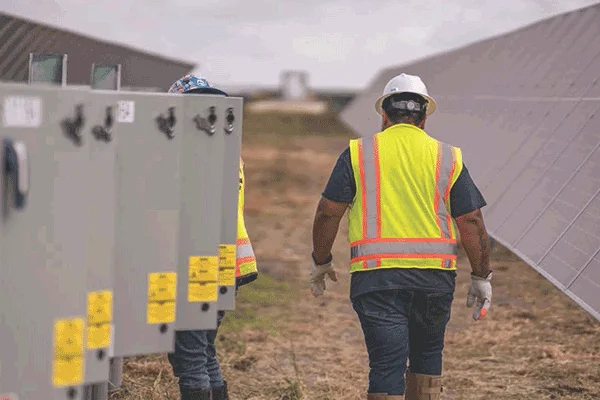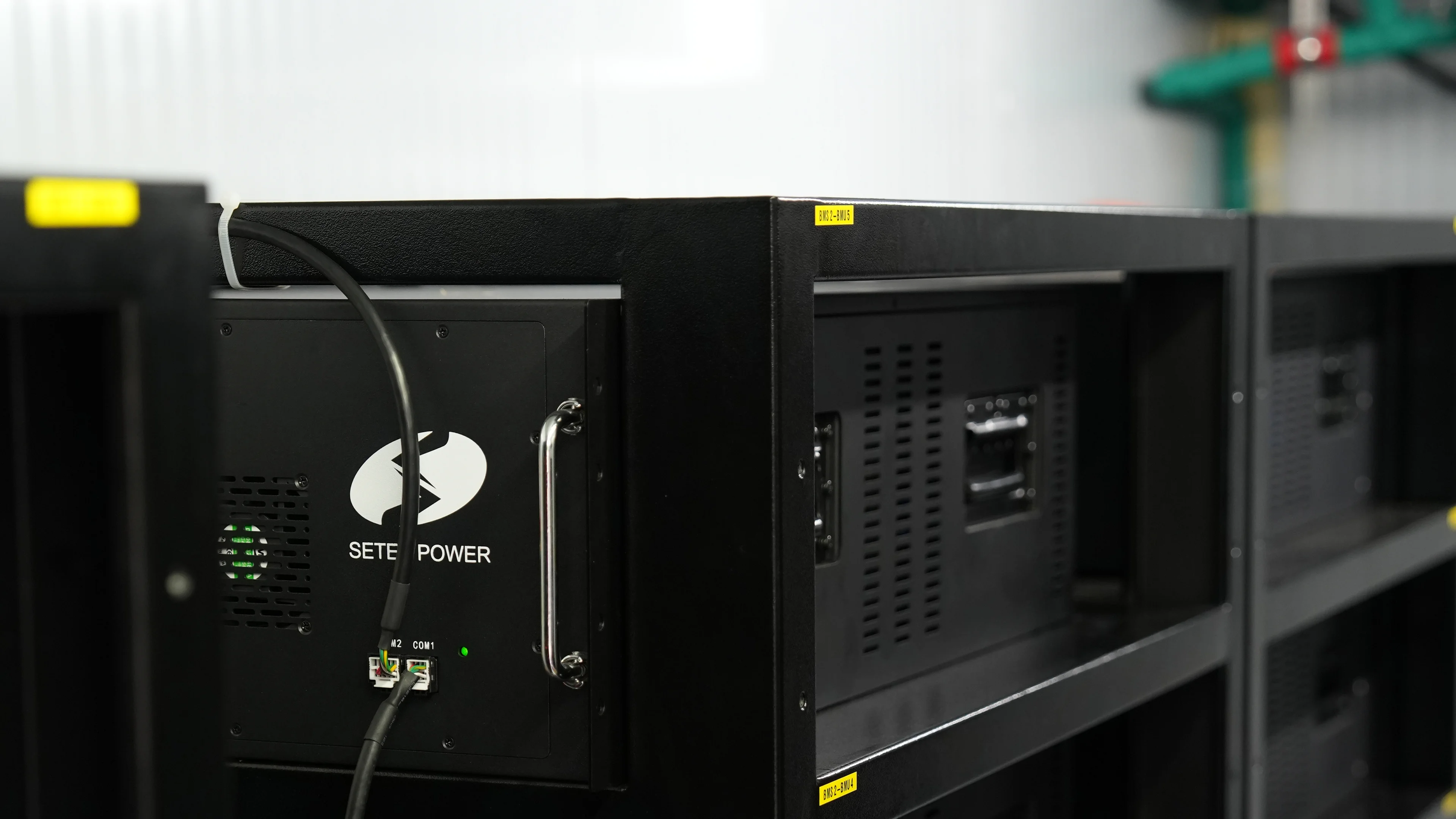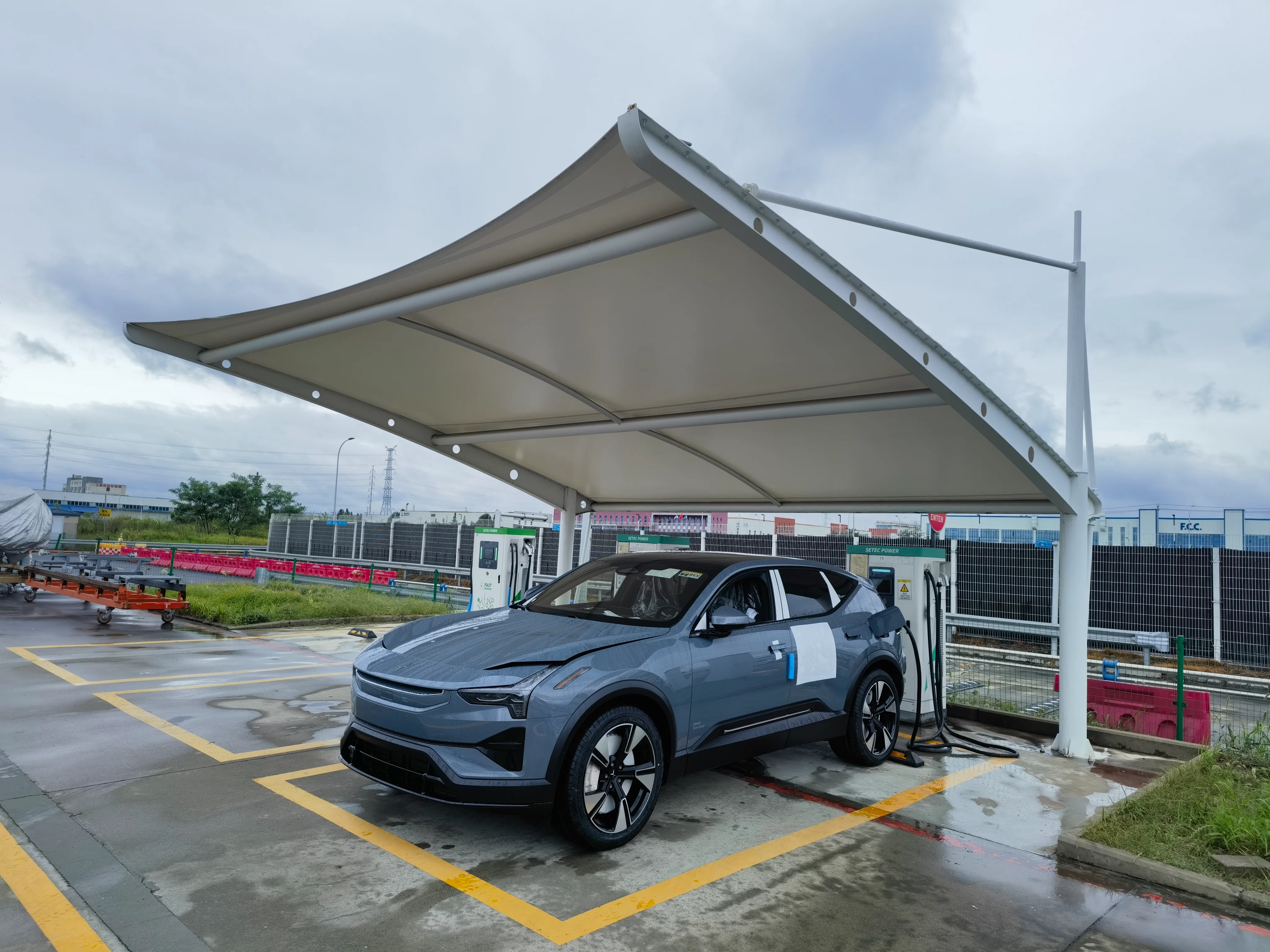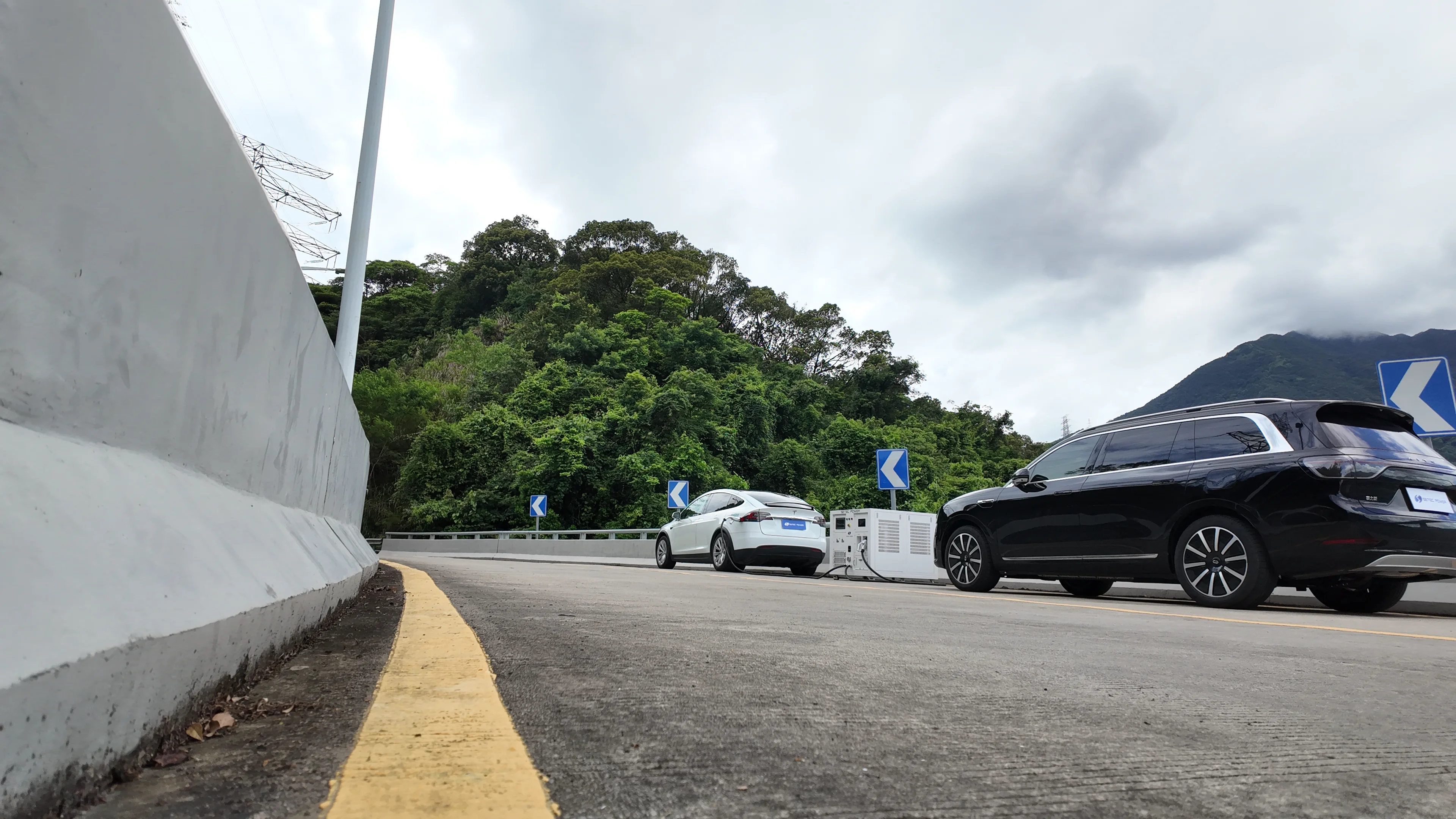Nov 09, 2023
It is crucial to develop an energy resilience strategy, which not only ensures that your charging station business is not affected by grid disruptions, but also helps you cope with risks brought about by market and regulatory changes. In most cases, 'energy resilience' refers to the ability to maintain power supply during localized power outages. Organizations need to enhance the resilience of their energy strategies to minimize risks as much as possible. The key considerations for formulating a strategy include operational flexibility, economic flexibility, and regulatory flexibility.

How to plan the energy elasticity of electric vehicle charging stations
Operational resilience: Stay online during power grid interruptions
Operational flexibility allows facilities to continue relying on energy processes during power grid disruptions. Elasticity is very important - in the 20 years after 2000, the frequency of major power outages increased by 67%, and it is expected to further increase due to extreme weather conditions. In 2022 alone, 18 extreme weather events caused $1 billion in losses, including droughts, floods, 11 strong storms, 3 tropical cyclones, 1 wildfire, and 1 winter storm.
Various solutions can help organizations ensure operational resilience by providing a range of durations to meet the demands of energy loads of different scales. When choosing a solution, organizations must prioritize various factors, including the size and duration of the load, cost, and sustainability value. For organizations, it is crucial to understand the frequency and duration of potential downtime, as well as the associated costs of facility downtime per hour.
Economic resilience: maintaining stable energy prices amidst fluctuations
In addition to the continuity of power, organizations must also ensure that their energy strategies can adapt to economic uncertainty and fluctuations. In the past decade, there have been significant changes in tariff rates for large energy users in certain regions of the United States, with a growth rate significantly faster than inflation.
This is just one of the many economic challenges in recent years. Now, due to two-year energy fluctuations caused by price and supply chain shortages, many organizations are prioritizing minimizing future pricing risks.
Regulatory flexibility: Reduce emissions as stakeholder demand increases
The regulatory landscape is rapidly evolving. Regulatory and legislative bodies are raising sustainability requirements.
For example, in 2022, the US Securities and Exchange Commission (SEC) introduced new environmental, social, and governance (ESG) disclosure requirements, requiring public organizations to strengthen and regulate climate related disclosures. For many organizations, the easiest way to prepare for these changes is to start now. Integrating technologies that enhance sustainability and reduce carbon emissions can enable organizations to adapt to any regulatory changes that may occur.
Solutions applicable to various forms of energy resilience:
Backup generator
Backup generators are typically powered by diesel, natural gas, or propane, and are a classic example of energy resilience. Although they are usually the cheapest option, there may be a risk of asset stranding if carbon restrictions are implemented in the future. Organizations that prioritize sustainable development should consider other options.
Energy Storage
Energy storage allows for the retention of electricity for on-demand use, enabling organizations to shift their needs from when microgrid costs are highest to when they are lowest.
Microgrid
Microgrids are the most complex elastic solution. They can utilize any combination of distributed power generation, such as solar, wind, fossil fuel generators, storage, and resilient hardware. Based on their scale, they can enable organizations to continue operating for hours, days, or even weeks during power outages. However, the cost of doing so is high. Microgrids are most suitable for organizations that will suffer significant losses (financial or otherwise) if their operations are interrupted due to power outages.
Solar Energy
On site solar power generation systems are a powerful renewable energy solution that typically provides good investment returns. There are various financing options for on-site solar energy, which can immediately save costs in the first year and achieve long-term cost savings within 20 to 30 years of solar power generation.
Power Purchase Agreement (PPA)
A power purchase agreement is an agreement between the buyer and seller of electricity to purchase physical electricity and related renewable energy credits.
A power purchase agreement can ensure an organization's energy prices for up to 25 years, shielding it from potential higher prices in the future. It has now been proven that the volatility of energy prices - organizations that obtained prices through PPA before 2020 reduced volatility and in many cases lowered energy expenditures.
Virtual Power Purchase Agreement (VPPA)
VPPA is a variant of physical PPA, used as a financial transaction to provide buyers with the environmental and economic benefits of renewable energy projects, while generating electricity for the grid. VPPA is more effective in promoting large-scale decarbonization than on-site power generation. Based on the load situation, VPPA can enable organizations to meet their 100% renewable energy requirements. A contract may cover hundreds or thousands of facilities.



